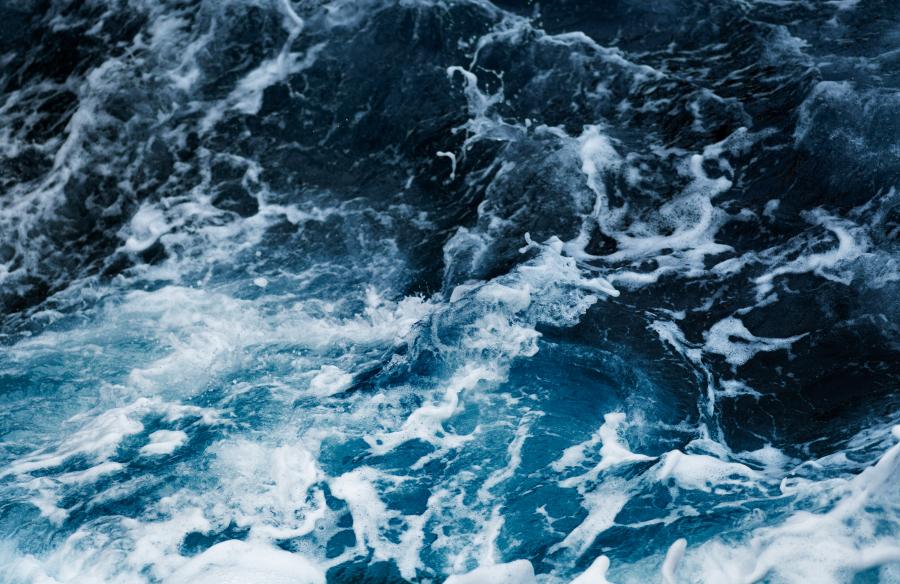Summary
Research led by Bangor University’s ocean energy research group (2009 - 2020) has pioneered understanding of the opportunities and challenges faced by the international tidal energy industry, of less energetic ‘second-generation’ tidal energy sites. Researchers identified a unique set of challenges and opportunities relating to less energetic tidal energy sites. The loadings on turbines at these sites allow for lower-cost devices and there is increased sea space available for lower energy sites compared with high energy “hot spots”, and more opportunities for grid connectivity. However, less energetic sites are generally in deeper, more exposed environments, and so the resource is influenced by wave processes.
Bangor-led research has directly informed the development of new wave-tide interaction engineering models, the design of state-of-the-art laboratory facilities (to quantify/model the forces of asymmetric tides/waves on scale-models of tidal turbine structures), the selection of second-generation tidal energy sites and tidal turbine design. Bangor’s research has re-focussed the tidal energy industry, towards development of less energetic tidal sites that are complementary in terms of the timing of power output.

